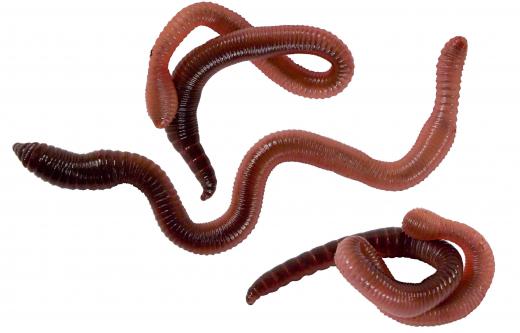In Biology, what is a Phylum?
 Michael Anissimov
Michael Anissimov
In biology, a phylum is a division of organism (taxonomic rank) below kingdom (such as Animalia) and above class (such as Mammalia). There are 38 animal phyla, with nine phyla — Mollusca, Porifera, Cnidaria, Platyhelminthes, Nematoda, Annelida, Arthropoda, Echinodermata, and Chordata — making up the vast majority of all animals. The phyla Arthropoda (arthropods) and Nematoda (nematodes) are the most successful, with the former containing between 1 and 10 million species, and the latter containing between 80,000 and 1 million species. Animal phyla are broadly classified into two groups: deuterostomes and protostomes, distinguished from differences in embryonic development.
Only three new animal phyla have been discovered in the last century, although over ten animals formerly put under other phyla have been recognized as their own phyla. Different phyla have fundamental differences in their body plans, and each make up a monophyletic group, meaning the phylum consists of all the descendants of a common ancestor, and none that aren't. Biological groups that may consist of numerous phyletic groups, such as worms, are termed polyphyletic. The evolution of biological taxonomy has generally been one of strictly defining one phylum from another based on clearly describable physical differences as well as genetic similarity.

There are 12 plant phyla: hornworts, mosses, liverworts, clubmosses & spikemosses, ferns & horsetails, seed ferns, conifers, cycads, ginko & maidenhair, gnetophytes, and flowering plants. Among these, flowering plants are the most successful in the present day, making up the majority of land plants. This is partially due to human help: flowering plants are the only phylum of plant that produces fruit. Prior to the evolution of humans, flowering plants were still extremely successful, but due to cooperation with arthropods. The co-evolution between flowering plants and the arthropods is one of the great success stories of biological history.
There are six phyla of

. Chytrids are primitive tiny fungi with flagella; imperfect fungi are fungi lacking sexual reproduction; and zygomycetes, small fungi with spherical spore-capsules, including bread mold. The phylum glomeromycota includes fungi found in the roots of almost all plants; sac fungi, and basidiomycota, or "Higher Fungi," including all mushrooms.
AS FEATURED ON:
AS FEATURED ON:
















Discussion Comments
thank you for your information. i already have an answer in my assignment. this site is very helpful. keep on doing good things like this.
@ Alchemy- If you were to name the classification of the seven major phyla of humans you would call us: Animalia [kingdom] Chordata [phylum] Mammalia [class] Primata [order] Hominidae [family] Homo [genus] Homo Sapiens [species].
A chimpanzee, for example, would have the same phylum, but different genus and species, from a human. An armadillo on the other hand would share the same kingdom, phylum and class, but would differ from the order down.
@ Alchemy- The seven major divisions of taxa are based on a systems invented by a Swedish biologist in the 18th century. They are as follows (but note that these are the main classifications and there are many other sub classifications within each classification): Kingdom, Phylum, Class, Order, Family, Genus, and Species.
Biologists can use these classifications to show the relationship between different organisms. The more taxa two organisms have in common, the more closely they are related.
I always learn something new on this website. I would have thought that the class would have fallen just below kingdom, followed closely by phylums. Naming whether something is a plant, animal, or amphibian seems like it would have been the most logical way to classify something below the title of kingdom, but that just goes to show I am no biologist. What are the other different levels of classification in taxonomy? Now I'm curious to know how humans are specifically classified.
Post your comments